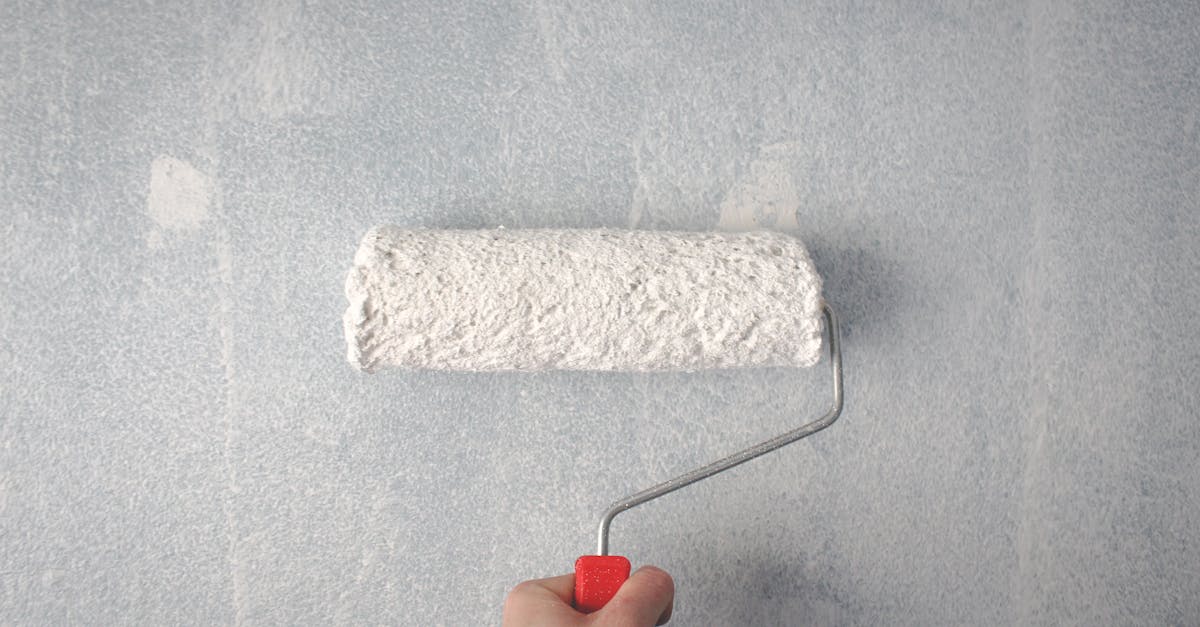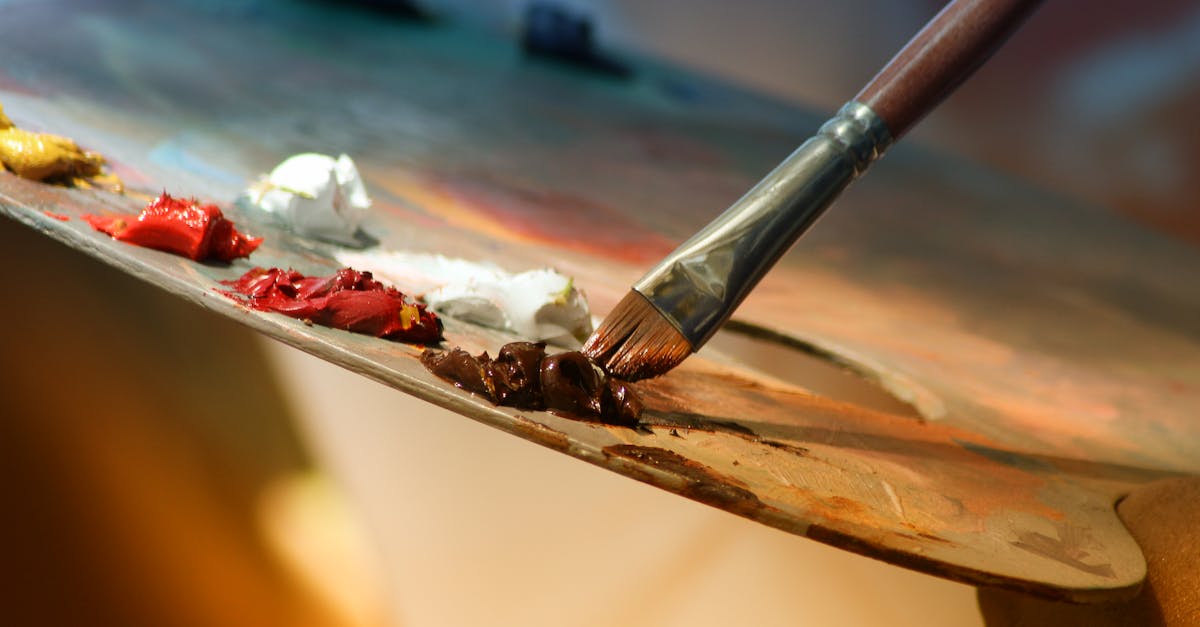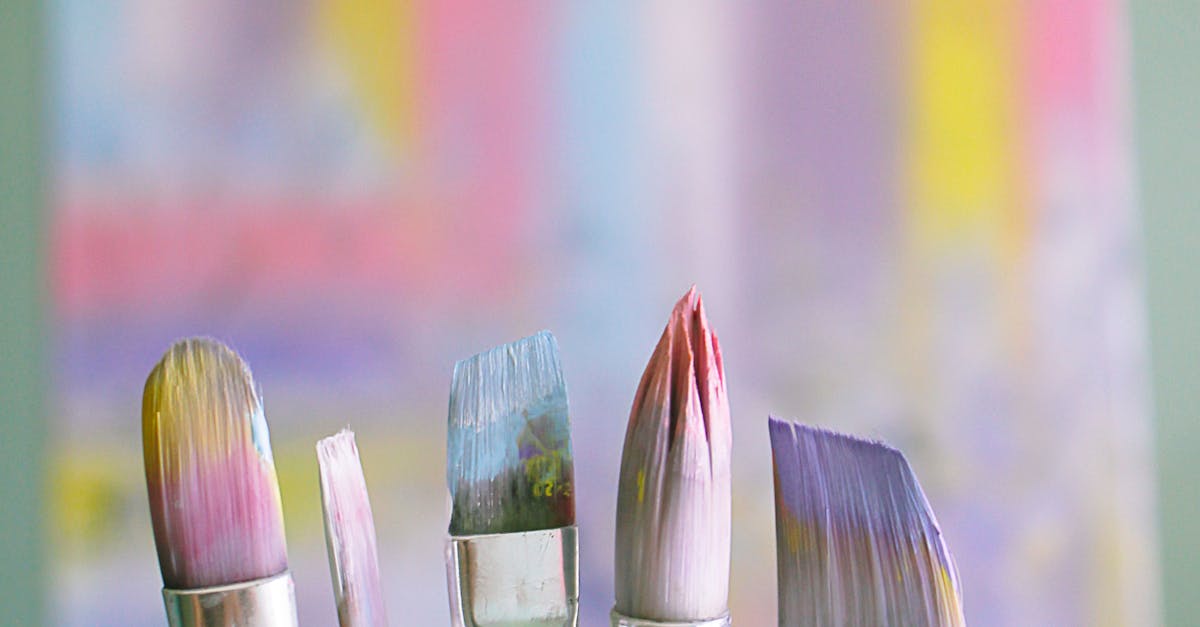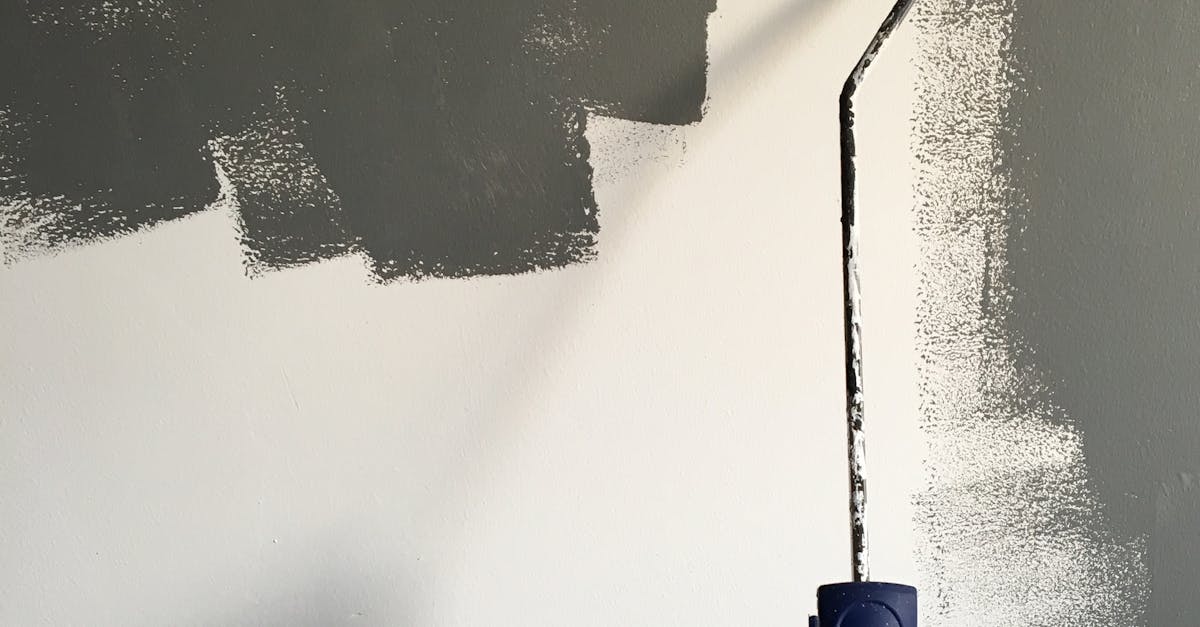
Applying Plaster
When it comes to Slough, Berkshire Plastering, the process of applying plaster is essential for achieving a smooth and polished finish on interior walls and ceilings. To begin, the surface must be clean and free of any debris before applying the plaster. This ensures that the plaster adheres properly and results in a professional-looking outcome. Once the surface is prepped, the plaster can be mixed according to the manufacturer’s instructions and applied evenly using a trowel.
After the plaster has been applied, it is crucial to allow sufficient time for it to dry before proceeding to the next steps. This drying time may vary depending on the type of plaster used and environmental conditions. It is important to be patient during this phase to prevent any premature cracking or imperfections in the finished surface. Once the plaster is completely dry, it can be sanded down to achieve a smooth and flawless finish ready for painting or further decorating.
StepbyStep Guide to Achieving a Smooth Finish
To achieve a smooth finish when plastering, it is essential to start with properly prepared surfaces. Ensure that the wall or ceiling is clean, dry, and free from any loose debris or old plaster. Before applying the plaster, it is advisable to prime the surface with a suitable primer to promote adhesion. Berkshire Plastering recommends using a high-quality primer that is compatible with the type of plaster being used.
When applying the plaster, work in small sections to prevent it from drying too quickly. Use a hawk and trowel to scoop up the plaster and apply it to the wall or ceiling in even strokes. Work from the bottom to the top, ensuring that each layer is smooth and uniform. Once the plaster is applied, use a plastering float to level and smooth the surface, removing any excess plaster as you go. Allow the plaster to dry according to the manufacturer’s instructions before sanding and finishing for a professional and polished look.
Common Plastering Mistakes
Common plastering mistakes can greatly impact the final appearance of a plastered surface. In Slough, Berkshire Plastering, some of the errors that are frequently observed include starting the plastering process without adequately preparing the surface. Failing to clean the surface properly or ensure it is free from dust and debris can lead to poor adhesion and a rough finish.
Another common mistake made during plastering is applying too much or too little water to the plaster mix. This can result in a mix that is either too thick and difficult to work with, or too runny and prone to cracking. Achieving the right consistency is crucial for a smooth and even finish in Slough, Berkshire Plastering.
Identifying Errors and How to Avoid Them
Identifying errors in plastering is crucial for achieving a flawless finish in your project. In Slough, Berkshire plastering, one common mistake to watch out for is improper preparation of the surface before applying the plaster. Failing to clean, smooth, and prime the surface can lead to adhesion issues and uneven drying, resulting in a patchy and unsightly finish.
Another error to be mindful of is applying the plaster too thickly or thinly. Both scenarios can cause problems such as cracking, flaking, and an uneven texture. Strive for consistency in thickness throughout the application process to ensure a smooth and professional outcome for your Slough, Berkshire plastering project.
Repairing Damaged Plaster
Repairing damaged plaster is a crucial aspect of maintaining the integrity and aesthetics of your walls. Whether your plaster has incurred cracks, holes, or other imperfections, it is essential to address these issues promptly to prevent further deterioration. Slough, Berkshire Plastering offers expert advice and techniques for effectively repairing damaged plaster, ensuring a seamless and polished finish.
When it comes to patching up damaged plaster, preparation is key. Begin by cleaning the area thoroughly to remove any dust, loose particles, or debris. Next, apply a suitable primer to the damaged area to promote adhesion and create a smooth surface for the new plaster. Slough, Berkshire Plastering emphasises the importance of using the right tools and materials for the job to achieve professional results.
Tips for Patching and Fixing Imperfections
When it comes to repairing damaged plaster, attention to detail is key. At Slough, Berkshire Plastering, we understand the importance of properly patching and fixing imperfections to ensure a flawless finish. To start, it is vital to clean the damaged area by removing any loose debris and dust. This will help the new plaster adhere firmly to the surface and prevent further deterioration.
Next, prepare the patching material following the manufacturer’s instructions carefully. Apply the plaster mixture evenly to the damaged area using a plastering trowel. Smooth out the surface while ensuring it is level with the surrounding plaster. Allow sufficient time for the plaster to dry completely before sanding it down gently for a seamless blend. Remember, patience and precision are crucial when repairing damaged plaster to achieve professional results.
FAQS
What is plastering?
Plastering is the process of applying a smooth, thin layer of plaster over walls and ceilings to create a uniform surface for decorating or protecting the underlying structure.
Why is plastering important?
Plastering is important as it helps to provide a clean, smooth surface for painting or wallpapering, improves the durability and structural integrity of walls, and can enhance the overall aesthetics of a room.
What are the different types of plastering materials?
Common types of plastering materials include gypsum plaster, lime plaster, and cement plaster. Each type has its own unique properties and is suitable for different applications.
How long does it take for plaster to dry?
The drying time for plaster can vary depending on factors such as the type of plaster used, humidity levels, and thickness of the application. In general, plaster can take anywhere from a few hours to several days to fully dry.
Can I plaster over existing plaster?
Yes, it is possible to plaster over existing plaster as long as the surface is clean, stable, and free from any loose material. However, it is important to assess the condition of the existing plaster to ensure a proper bond and a smooth finish.




